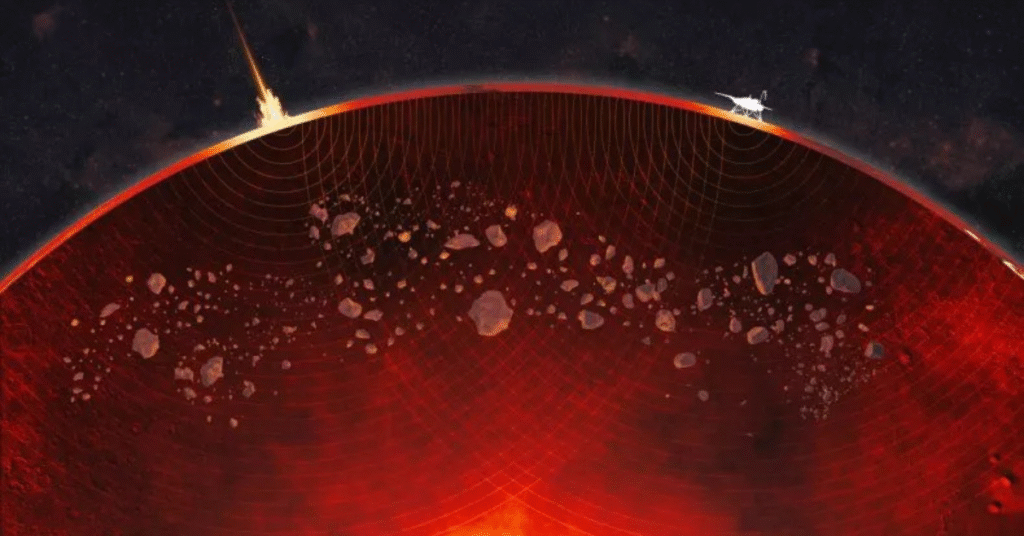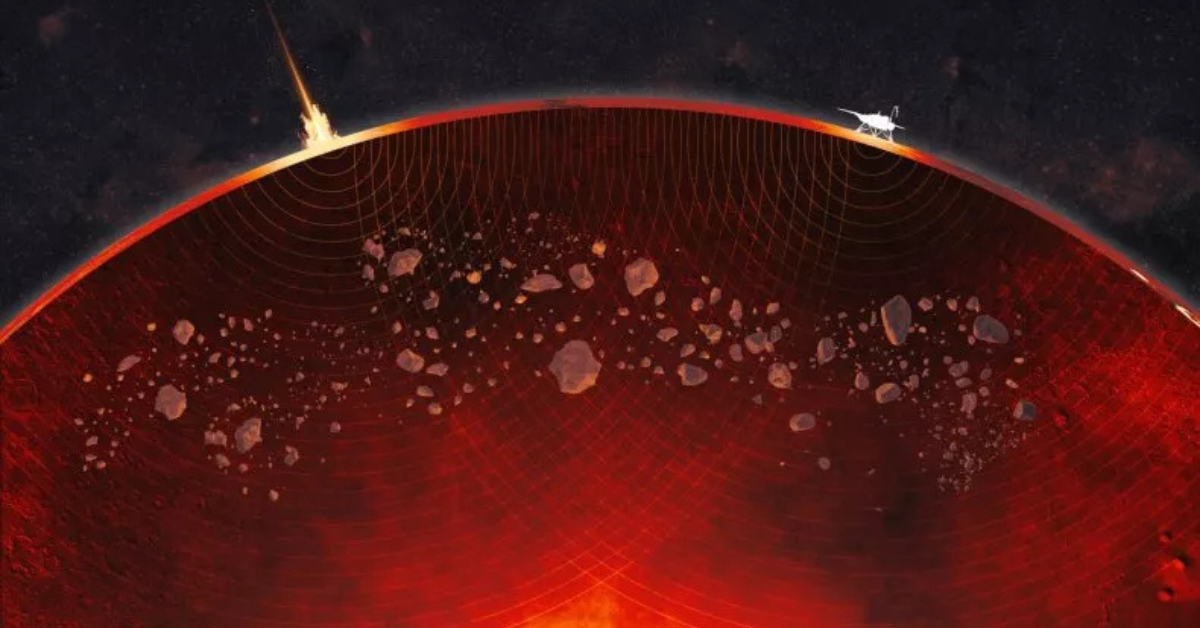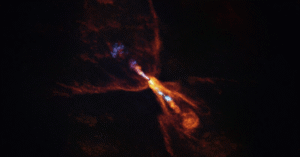
Just as NASA celebrated a key moment in space history, it dropped a bombshell discovery that changes everything we thought we knew about Mars. Data from the InSight lander has revealed the Red Planet has a solid inner core—a feature scientists didn’t think was possible. Paired with the sharpest panoramic photo of the Martian surface ever taken by the Perseverance rover, these findings are giving us a stunning new view of our planetary neighbor, both inside and out
The Clearest View of Mars We’ve Ever Seen
Imagine standing on the rim of an ancient Martian crater. NASA’s Perseverance rover just gave us the next best thing with a breathtakingly clear 360-degree panorama. Assembled from 96 individual photos taken on a day with unusually clear skies, the image is so sharp you can see hills 40 miles away across the landscape. Scientists enhanced the colors to highlight geological details, revealing deceptively blue-toned skies and ancient rock formations that could be even older than the crater itself, offering a priceless glimpse into the planet’s deep past.
A Surprising Discovery at the Planet’s Center
The biggest surprise came from deep within the planet. By listening to “Marsquakes,” scientists using data from the InSight lander discovered that Mars has a solid inner core about 600 kilometers wide. This completely upends previous theories that the core was entirely liquid. “Having a solid inner core for Mars was something unusual,” one lead researcher admitted. This discovery could finally help solve one of Mars’s greatest mysteries: why its protective magnetic field vanished billions of years ago. In another twist, InSight also found giant, ancient lumps of rock preserved in the mantle, suggesting Mars’s interior is a geological time capsule, barely changed since its formation.
A Nod to a Historic Moment
These incredible Mars revelations were announced on the 59th anniversary of another game-changing moment: the first-ever photo of Earth taken from orbit around the Moon. On August 23, 1966, Lunar Orbiter 1 snapped an unplanned, grainy, black-and-white picture of our home planet hanging like a crescent in space. That simple image, which came two years before the iconic “Earthrise” photo, forever changed humanity’s perspective, marking a fitting backdrop for the new discoveries that continue to expand our view of the cosmos.











